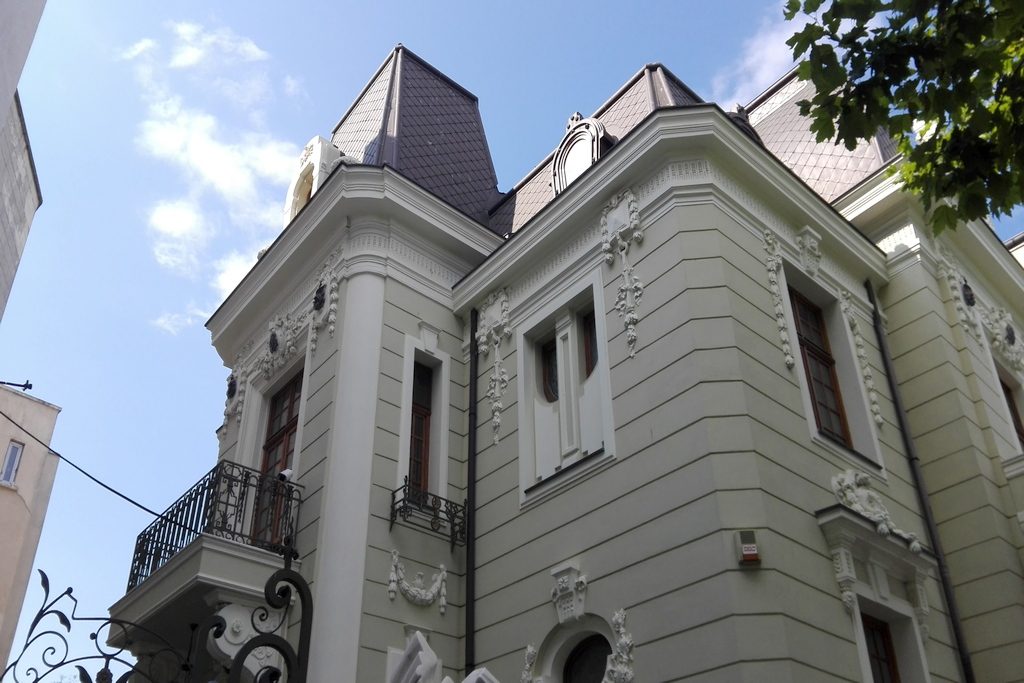

It is a very special building from the early twentieth century and is named after its owner Sava Somanescu.
In 1909, on April 15, the landlord Sava Şomănescu received from the Marjory the building permit to built a vila facing the Elisabeta Avenue now no. 17.
Somanescu was in 1906 the President of the Romanian Agricultural Society. Also, he donated hectares of land in the agrarian Romanati to build an Agrarian school.
Being forced to comply with compulsory alignment of the street, the house was built in eclectic style, like most buildings built at that time and harmoniously blends the Art Nouveau elements with Rococo.
Often considered a relatively late in evolution Baroque is characterized especially by the richness and variety of detail and ornamentation, respectively exaggeration of its characteristics to opulence , the Rococo is seen today as a relatively distinct evolution of Western art. Towards the end of its existence, it has become relatively synchronously and often came close to sensible Neoclassicism.
Like the architecture, the Rococo interiors rises the rich ornamentation in all its aspects, to the rank of postulate. Thus, the Rococo interiors show similar facades of buildings, painted and ornamented walls (sometimes even the ceilings are decorated similar to walls), imposing massive ornate and elaborate furniture, sculptures of small and medium sizes, mirrors of different sizes, tapestries in tune with the architecture, multiple reliefs applied and, obviously, paintings in oil and of different sizes.
Art Nouveau (a term derived from the French meaning New Art) is an artistic style fully expressed in the visual arts, design and architecture at the beginning of 20th century relatively synchronously in most cultures and European countries, but also in North America, where it was adopted mainly in the USA and Canada.
Art Nouveau can be, also, seen like a kind of transition artistic movement, to form a prelude of what was to become the 20th century modernism.
Its shape is dissymmetrical one, consisting of three buildings in jutty (part of the wall, out of the façade line to to show a certain structure of the building plan). No window is repeated in form, each with its specific form. At the side entrance there is a richly decorated rococo, style that is also found in skylights, highlighted by certain specific motifs.
